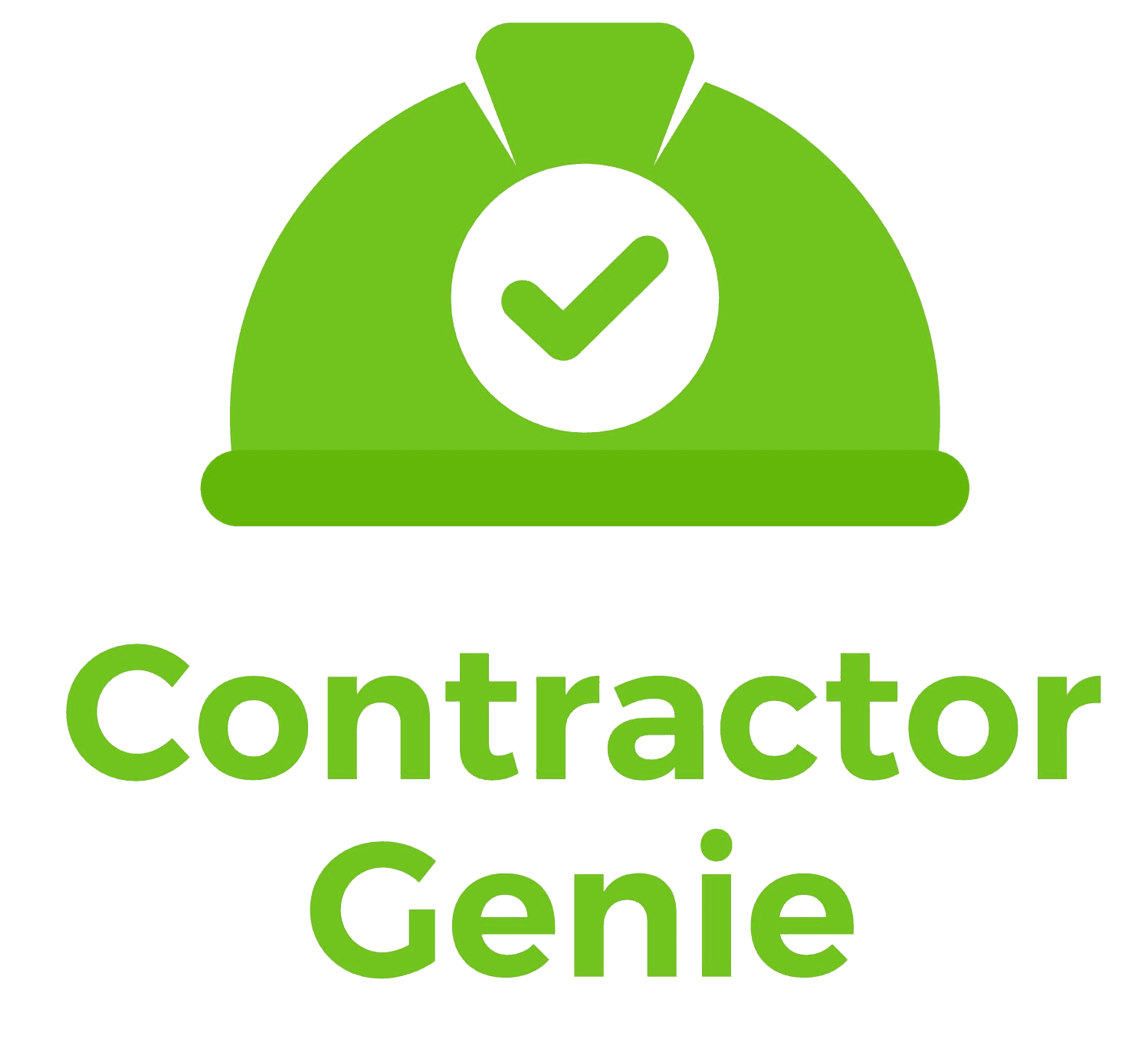What Is a Risk Assessment and Why Do You Need One?
Whatever the nature of your business, risk assessments are essential to keep your employees, visitors and workplace safe. It’s also a legal requirement for employers of five or more people. As such, this ensures your business is compliant with its statutory duty as stated in the Health and Safety at Work Act 1974.
There are no specific rules as to how they should be carried out. However, there are established general principles to guide you through the procedure and bespoke digital solutions to streamline, document and monitor the process.
1. Identify Possible Hazards
Within the workplace, a hazard is defined as anything with the potential to cause harm.
Examples include:
- Injuries from unsafe or incorrectly operated tools and machinery.
- Falls from height (ladders, scaffolding and walkways).
- Chemical spills.
- Tripping over obstacles.
- Fires, electrical faults or air pollution.
- Postural problems caused by cramped workspaces or inadequate seating.
Simply walking around your workplace observing the environment for each employee, task or process will be revealing.
- Are they comfortable and do they have sufficient space to work?
- Do they have the necessary equipment and are they using it correctly?
- Check the accident book and sickness records to spot problems and common issues.
- Consider whether you could do your employees tasks correctly in that environment?
And, don’t assume – ask your staff what they think.
2. Determine Who Is at Risk
Who is most likely to be harmed by the potential hazards?
This could be:
- Employees
- Contractors
- Visitors
- Home workers
Bear in mind that certain people may be more at risk than others doing the same job – for example, new recruits, younger people, less experienced staff, or employees with physical restrictions.
3. Assess the Risks and Implement Appropriate Controls
Assessing risk means evaluating how likely it is for the harm to occur and how severe it may be if it does so. This allows you to devise procedures to control, minimise or eliminate the dangers, as far as it’s practical to do so.
This might include:
- Updating machinery, tools or office furniture.
- Reorganising or expanding storage facilities to avoid overspill into work areas.
- Source new materials or substances – i.e., less toxic chemicals.
- Introducing job rotation to minimise each worker’s exposure.
- Install physical protection – barriers, protective clothing, warning signs, guard rails.
- Change procedures and/or design to remove the risk altogether, if possible.
4. Review, Repeat and Update When Necessary
It’s wise to review your assessment and procedures from time to time. There’s no legally required timeframe but a yearly update is a good idea. More specifically, you should certainly reassess if the following occur:
- Accidents or near misses.
- Concerns repeatedly raised by employees.
- Several workers with ongoing ill health and similar symptoms.
- Major structural changes in the workplace.
- Major changes in processes or the introduction of new materials or chemicals.
5. Document Your Data with Be Safe Technologies Health and Safety App
A permanent record of your data has numerous benefits, and it doesn’t need to involve huge amounts of confusing and time-consuming paperwork.
Our innovative app takes care of all your health and safety requirements.
- Hazards, risks and relevant employees are identified.
- Procedures and protection methods are clearly noted.
- Dates and times of assessments and implementation of measures are recorded.
- Details of staff responsible for implementing and carrying out procedures are recorded.
- A full record is available for regulatory bodies.
This keeps your employees and workplace safe and helps to avoid the damaging and costly consequences of non-compliance.
The Compliance Genie – Your Complete Solution
Our intuitive, cost-effective app can be tailored to the needs of your organisation.
Contact Be Safe Technologies to find out how.
Learn more:
See our posts What is the difference between hazard and risk? and How to Identify Common Hazards in the Workplace, for further reading on workplace risk awareness.


